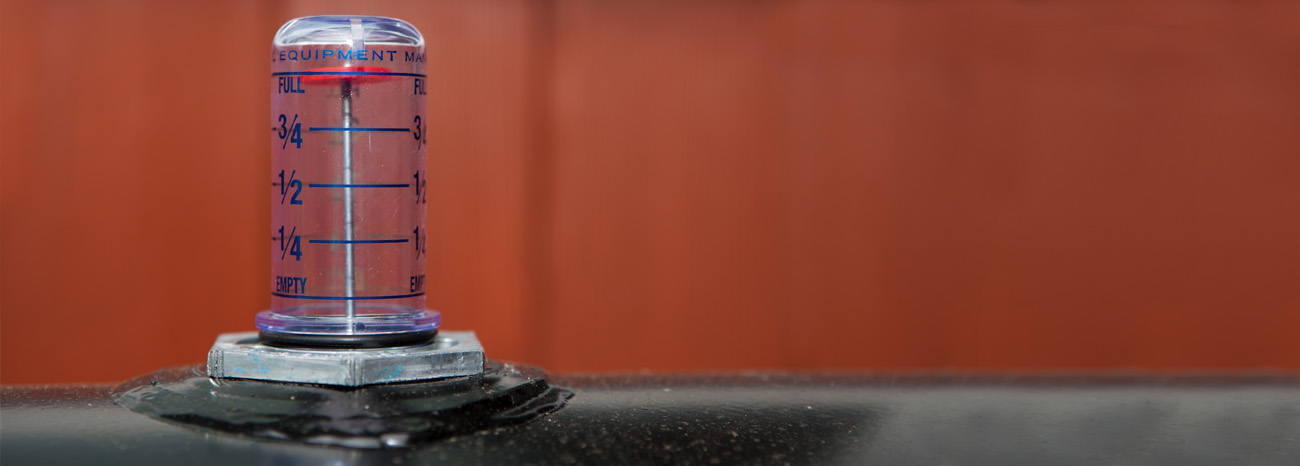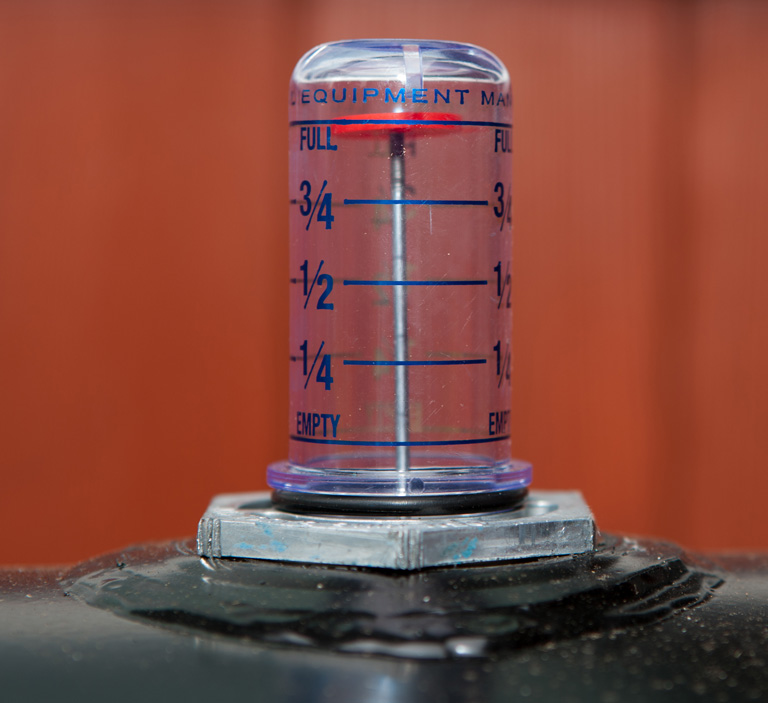

How to Read Your Heating Oil Tank Gauge
Whether you’re new to using heating oil or simply haven’t paid much attention to the technical aspects, understanding how to read your oil tank gauge is crucial. It helps ensure that you never run out of oil during those cold winter nights. Let’s dive into the details of interpreting your tank’s gauge.
Understanding the Heating Oil Tank Gauge
Most heating oil tanks come equipped with a visible gauge that displays the amount of oil remaining in the tank. This gauge typically consists of a clear tube or glass dome with a floating indicator inside, usually a disc or a needle.
Step-by-Step Guide to Reading the Gauge
- Locate the Gauge: Find the gauge, usually situated on the top of the tank. If your tank is underground, the gauge might be at ground level or on a stand.
- Check the Floating Indicator: The floating indicator inside the gauge will rise and fall with the level of the oil inside the tank.
- If the indicator is toward the top, your tank is nearly full.
- If it’s at the bottom, your tank is nearly empty.
- An indicator floating midway means you have about a half tank of oil.
- Reading the Numbers: Most all oil tank gauges come with numbers, similar to a car’s gas gauge, showing fractions (1/4, 1/2, 3/4, etc.). This gives a more accurate read of how much oil remains in the tank.
- Physical Inspection: If you suspect your gauge might be malfunctioning, you can also use a long stick (often referred to as the “dipstick method”) to physically check the oil level. Make sure the stick you use is clean and insert it into the tank until it reaches the bottom. Pull it out and measure the oil residue’s length to get an idea of how much oil you have in your tank.
Troubleshooting Common Gauge Problems
- Stuck Indicator: If the float seems to be stuck at a particular level despite knowing that you are using heating oil, it might be jammed. A gentle tap on the tank can sometimes releases it. If not, you might need to replace the gauge.
- Cloudy or Discolored Gauge: Over time the clear glass or plastic of the gauge can become cloudy, making it hard to read. Cleaning the exterior might help but if the discoloration is internal, you’ll need to consider replacing the gauge if you want to keep tabs on the level of oil in your tank.
- Inconsistent Readings: If the gauge shows inconsistent readings, it could be due to sediment build-up inside the tank or a malfunctioning gauge mechanism. Check with a heating oil professional to address this issue.
Monitor Your Gauge and Stay Warm
Regularly monitoring your heating oil tank gauge ensures you always have an ample supply of oil, especially during periods of peak consumption. Familiarizing yourself with the gauge reading process and understanding potential issues can prevent unexpected outages and keep your home warm and cozy.
Have Questions?
Contact us and we will be happy to answer any questions. Call 215.799.2019 or click the button below.
Promotions Sign Up
Sign up below if you would like to receive occasional promotional offers and tips.







